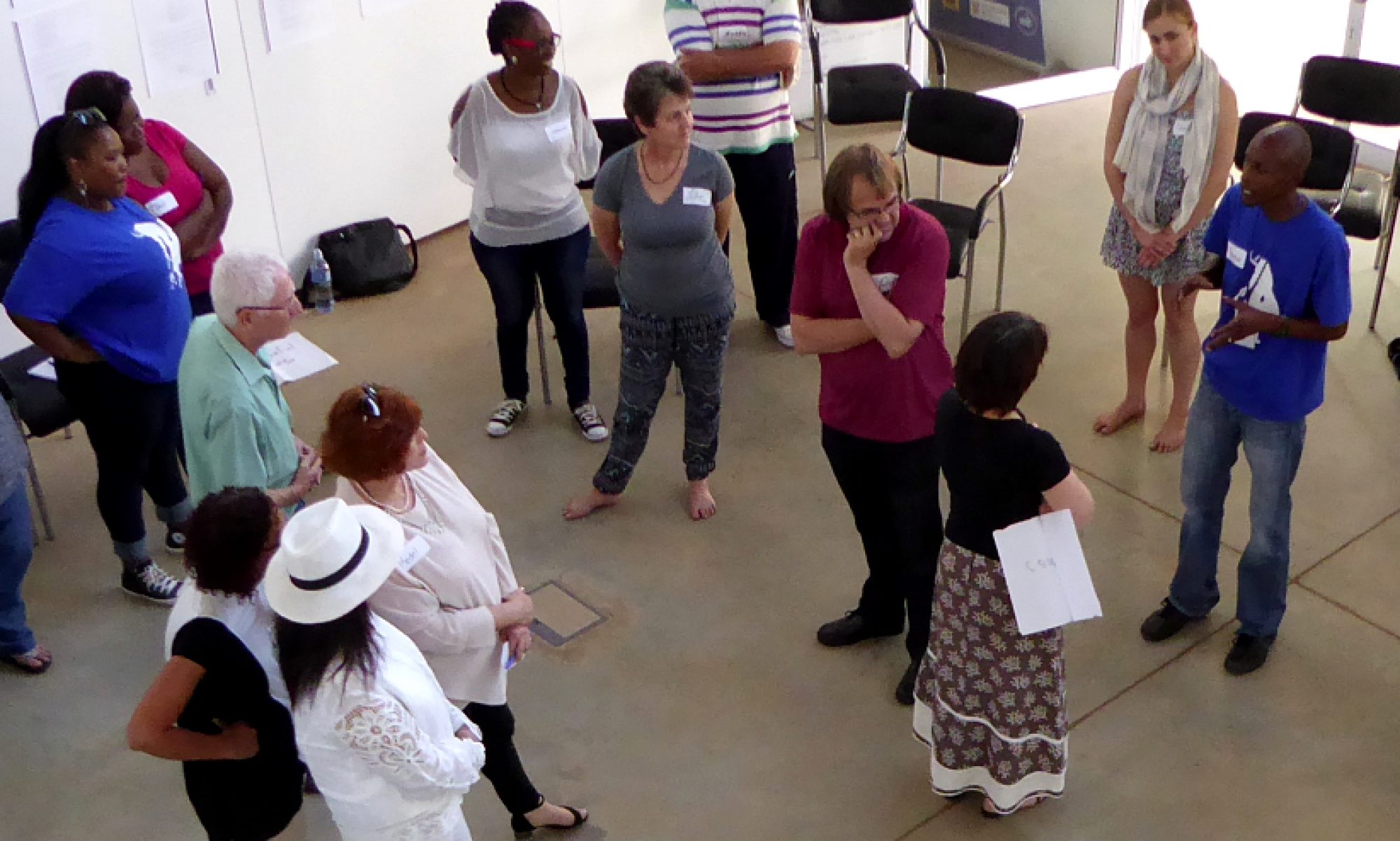Click here to read the other parts
Ideas
Idea sharing is essential in an innovative team. The more ideas are shared in the group the more creative and novel ideas are triggered. And if these ideas build on one another the team will come up with a much more creative and meaningful idea than one team member could have come up with by themselves. But why is it that in some teams it feels like your creativity is diminished? Or the creative ideas are not much better than one individual’s idea. It is because in such teams the members don’t feel safe to participate in idea sharing. How can an atmosphere be created in which team members feel safe to share their ideas? Actors in an Improvisation theater group creates this atmosphere by applying the “yes and” principle. The “yes and” principle means that when your team members shares an idea you accept it (yes the idea) and then build on it. When an idea is not accepted it is called a “block”. The way we often block one another is by saying “yes but”. Most people are more used to saying “yes but” than “yes and”. Every time someone shares an idea and it is blocked by another team member the likelihood that the person will share another idea is diminished. Therefore to create an atmosphere that promotes idea sharing start applying the “yes and” principle.
Right now you might think “yes, but I can’t say yes to all ideas all the time.” Yes and you might be saying this because you are already in a mindset of “blocking” rather than “accepting”. It is true there are appropriate times to block, but they are far less than appropriate times to accept. Try the “yes and” principle for a day and see what happens. The “yes and “principle is more a mindset than anything else. It is a mindset of accepting reality and doing something useful with it.
Quick exercise:
Let everyone pair up with a partner. Tell them that together they have to plan a company Christmas party. One must start by sharing an idea. The other replies with the words “Yes but”, a reason why it is not a good idea, and then share another idea. The first then replies with “yes but” and so they go back and forth blocking each other’s ideas. After a while stop them and ask them to plan the same party but this time instead of saying yes but they must start their sentences with “yes and”, accepting the other’s idea and building on it. Reflect on the exercise and ask the following questions.
How did accepting feel different from blocking?
How were their outcomes different?
How did they feel about the other person when being blocked or being accepted?
What are the benefits and the costs of accepting?
What are the benefits and costs of blocking?
Click here to read the other parts
Click here for more information about our Team Innovation workshops.

